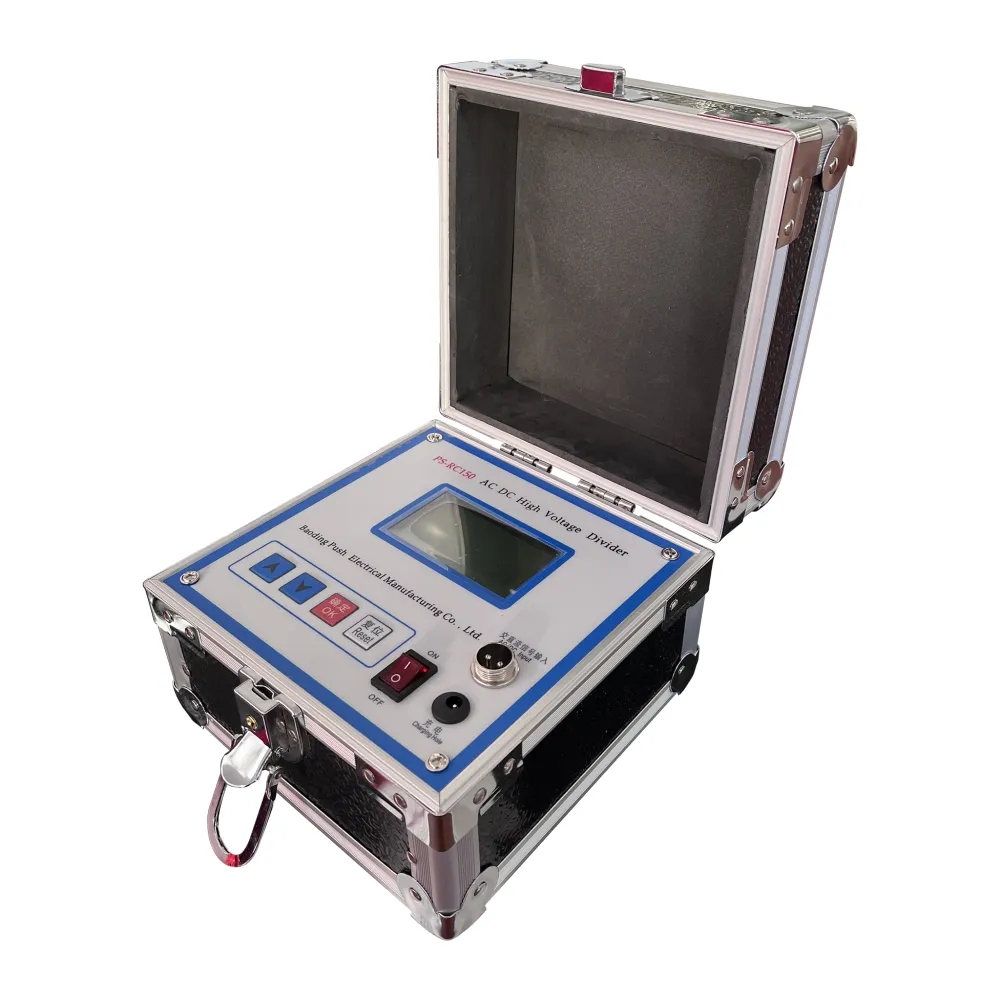 English
English


Understanding the Impact of Dielectric Loss Factor on Material Performance and Efficiency
Understanding Dielectric Loss Factor Significance and Applications
The dielectric loss factor, also known as the loss tangent or dissipation factor, is a crucial parameter in the study of materials' electrical properties. This factor quantifies the energy loss in a dielectric material when subjected to an alternating electric field. Unlike conductors that easily allow the flow of electric current, dielectrics are insulators that store energy in an electric field. However, they are not perfect; they exhibit some energy loss due to the intrinsic properties of the material.
The dielectric loss factor, often denoted by the symbol \( \tan \delta \), is defined as the ratio of the imaginary part of the dielectric permittivity to the real part. Primarily, it highlights how much of the energy applied to a dielectric is lost as opposed to being stored. A higher dielectric loss factor indicates more energy dissipation, which is undesirable in many applications, particularly in capacitors and insulators where efficiency is paramount.
One of the primary applications of studying the dielectric loss factor lies in electrical engineering, specifically in the design and analysis of capacitors and other dielectric materials. A low dielectric loss factor is crucial for capacitors used in high-frequency circuits and signal-processing applications. Such capacitors minimize energy losses, resulting in more efficient electronic devices. This efficiency is vital in systems requiring high precision and performance, such as communication devices, radar systems, and power applications.
dielectric loss factor

In addition to electronic components, the dielectric loss factor plays a significant role in materials science, especially in the development of insulating materials. Engineers and researchers analyze the dielectric properties of materials to select suitable candidates for specific applications. For example, in the aerospace and automotive industries, materials with low dielectric loss are sought after to ensure the effectiveness of insulation in high-voltage environments.
Moreover, the dielectric loss factor has implications in the realm of food science and agriculture. It is used in microwave heating applications to optimize the heating process for various food products. By understanding how different materials respond to microwave energy, scientists can enhance the efficiency of cooking processes, improving both quality and energy consumption.
Lastly, the dielectric loss factor is not only essential for industrial applications but also in theoretical advancements in physics. Researchers continue to explore the fundamental mechanisms of dielectric loss to improve material performance and discover new applications. Innovations in nanotechnology and materials engineering are expected to yield dielectrics with tailored properties that minimize losses while maximizing efficiency.
In conclusion, the dielectric loss factor is a pivotal aspect of modern electrical engineering and material science. Its analysis facilitates the development of efficient dielectric materials, improving the performance and sustainability of numerous applications across various industries. Understanding and optimizing this parameter will continue to drive innovations in technology, ensuring efficient energy use and advanced functional materials.
-
Differences between open cup flash point tester and closed cup flash point testerNewsOct.31,2024
-
The Reliable Load Tap ChangerNewsOct.23,2024
-
The Essential Guide to Hipot TestersNewsOct.23,2024
-
The Digital Insulation TesterNewsOct.23,2024
-
The Best Earth Loop Impedance Tester for SaleNewsOct.23,2024
-
Tan Delta Tester--The Essential Tool for Electrical Insulation TestingNewsOct.23,2024





